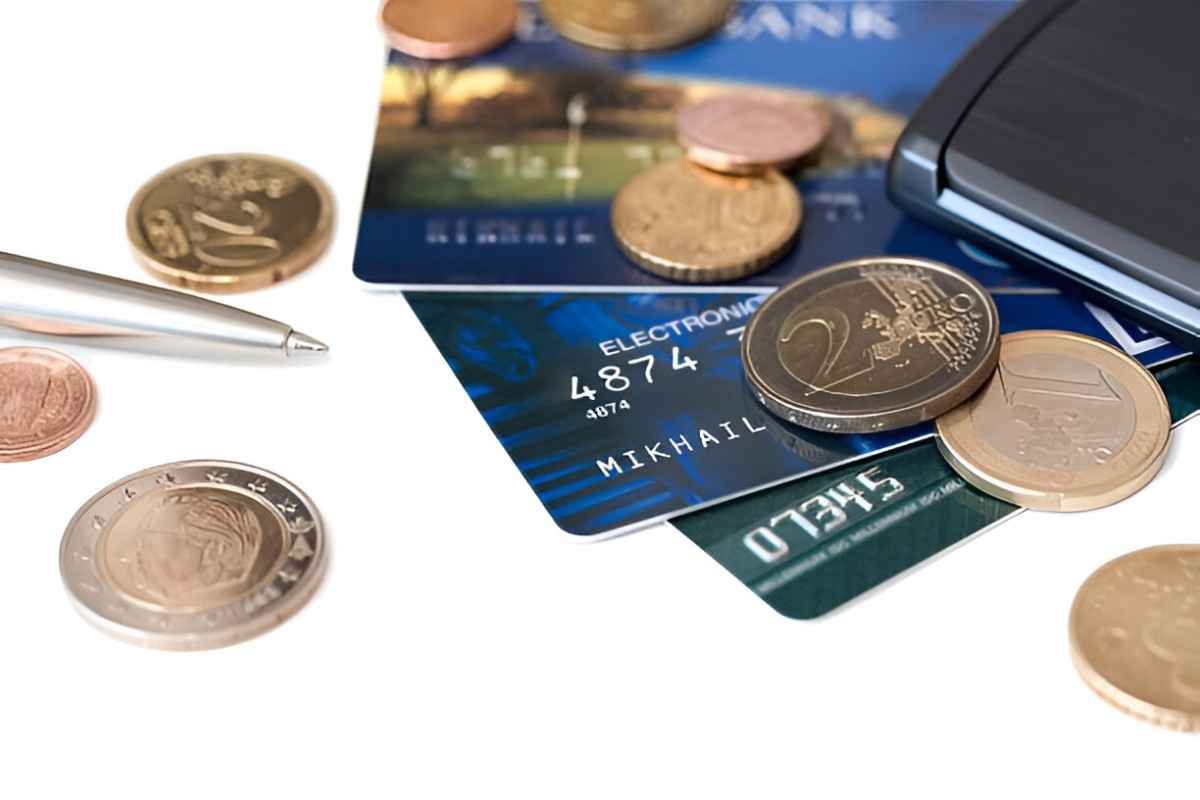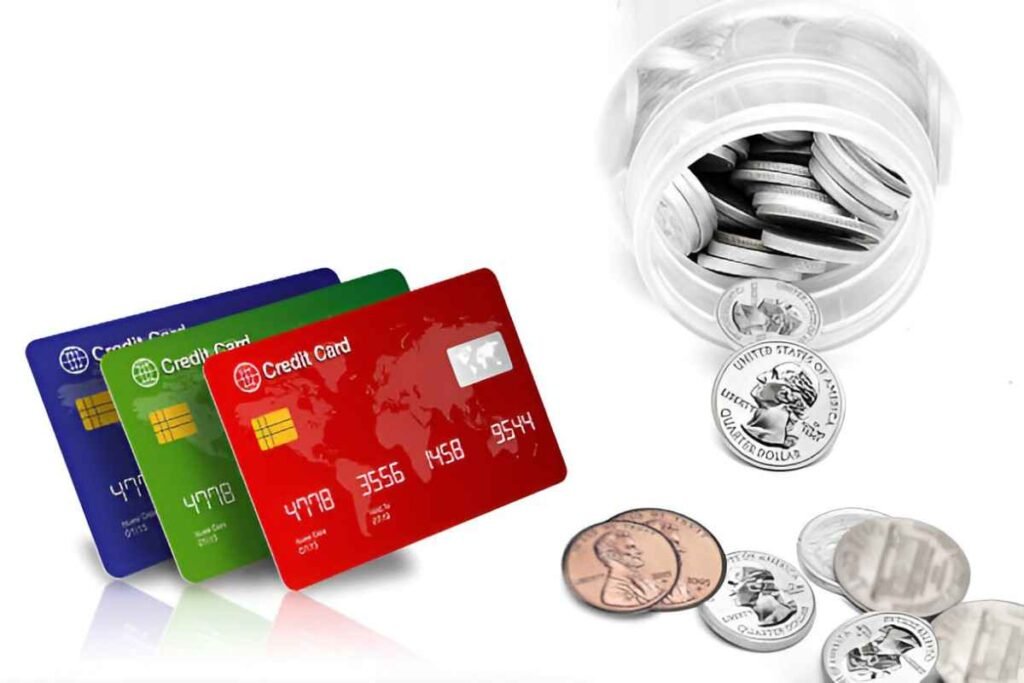A credit card with a $500 limit and no deposit can be a helpful financial tool for managing everyday expenses and building credit. Understanding how these cards work, their benefits, and potential drawbacks is essential. I will break down everything you need to know, including eligibility criteria, how to use them effectively, and the impact on your credit score.
Table of Contents
What Is a $500 Credit Card Limit with No Deposit?
A credit card with a $500 limit and no deposit means the issuer grants you a line of credit without requiring an upfront cash deposit as collateral. These cards are typically unsecured, meaning approval depends on your creditworthiness rather than your ability to provide a deposit.
Who Can Qualify for a $500 Credit Card Limit with No Deposit?
Lenders consider several factors when approving applicants for an unsecured credit card. These factors may include:
- Credit Score: A fair to good credit score (580 and above) may be required.
- Income: Proof of consistent income to show repayment capability.
- Credit History: A positive track record of timely payments can increase approval chances.
Comparison Table: Secured vs. Unsecured $500 Credit Card
| Feature | Secured Card (Deposit Required) | Unsecured Card (No Deposit) |
|---|---|---|
| Deposit Needed | Yes (e.g., $500) | No |
| Credit Check | Sometimes skipped | Usually required |
| Interest Rate | Lower | Higher |
| Credit Building | Yes | Yes |
| Approval Ease | Easier | Harder |
Benefits of a $500 Credit Card Limit with No Deposit
A no-deposit credit card offers several advantages:
- No Upfront Cost: You don’t need to set aside cash to secure the credit limit.
- Build Credit: Responsible use can improve your credit history.
- Emergency Use: Having access to $500 can help in unexpected situations.
- Rewards: Some cards offer cashback or points on purchases.
Potential Drawbacks
While these cards offer advantages, they also come with challenges:
- Higher Interest Rates: Due to the absence of collateral, interest rates tend to be higher.
- Strict Eligibility: Approval may be challenging if you have a low credit score.
- Low Credit Limit: A $500 limit can be restrictive for larger purchases.
How to Use a $500 Credit Card Limit Wisely
A lower credit limit requires careful planning to avoid overspending and maximize benefits. Here are some strategies I follow to stay within my limit:
- Budgeting Purchases: I allocate a fixed amount for essentials such as groceries and utilities.
- Paying in Full: Avoiding interest charges by clearing the balance each month.
- Monitoring Utilization: Keeping usage below 30% of the limit ($150 in this case) to maintain a healthy credit score.
Example Calculation of Credit Utilization
If I have a $500 limit and I spend $200, my credit utilization ratio is:
\left( \frac{200}{500} \right) \times 100 = 40\%To optimize my score, I should reduce spending to keep utilization under 30%.
Best Practices to Maximize Credit Score Growth
Using a no-deposit credit card responsibly can boost my credit score over time. Here are best practices I follow:
- Make Timely Payments: Payment history significantly impacts my score.
- Keep Old Accounts Open: Length of credit history matters.
- Avoid Multiple Applications: Too many inquiries can lower my score.
Comparing Popular $500 No Deposit Credit Cards
Different issuers offer $500 limit cards with varying terms and benefits. Below is a comparison of popular options:
| Card Name | Interest Rate | Annual Fee | Rewards | Intro Offers |
|---|---|---|---|---|
| XYZ Credit Card | 25.99% | $0 | 1% cashback | None |
| ABC Bank Card | 23.99% | $39 | No rewards | 0% APR for 6 months |
| PQR Rewards Card | 26.99% | $0 | 2% on groceries | $50 welcome bonus |
Common Mistakes to Avoid
When managing a credit card with a $500 limit, avoiding common mistakes is key. These include:
- Overspending: Exceeding the limit can lead to fees and a credit score drop.
- Minimum Payments Only: Paying only the minimum can result in long-term debt.
- Ignoring Terms: Not understanding the APR and fees can lead to surprises.
Conclusion
A $500 credit card limit with no deposit can be a stepping stone for better financial management and credit building. Using it responsibly, understanding its limitations, and selecting the right card based on my needs help me stay financially healthy. By following best practices and avoiding common pitfalls, I can leverage this credit card to my advantage.





